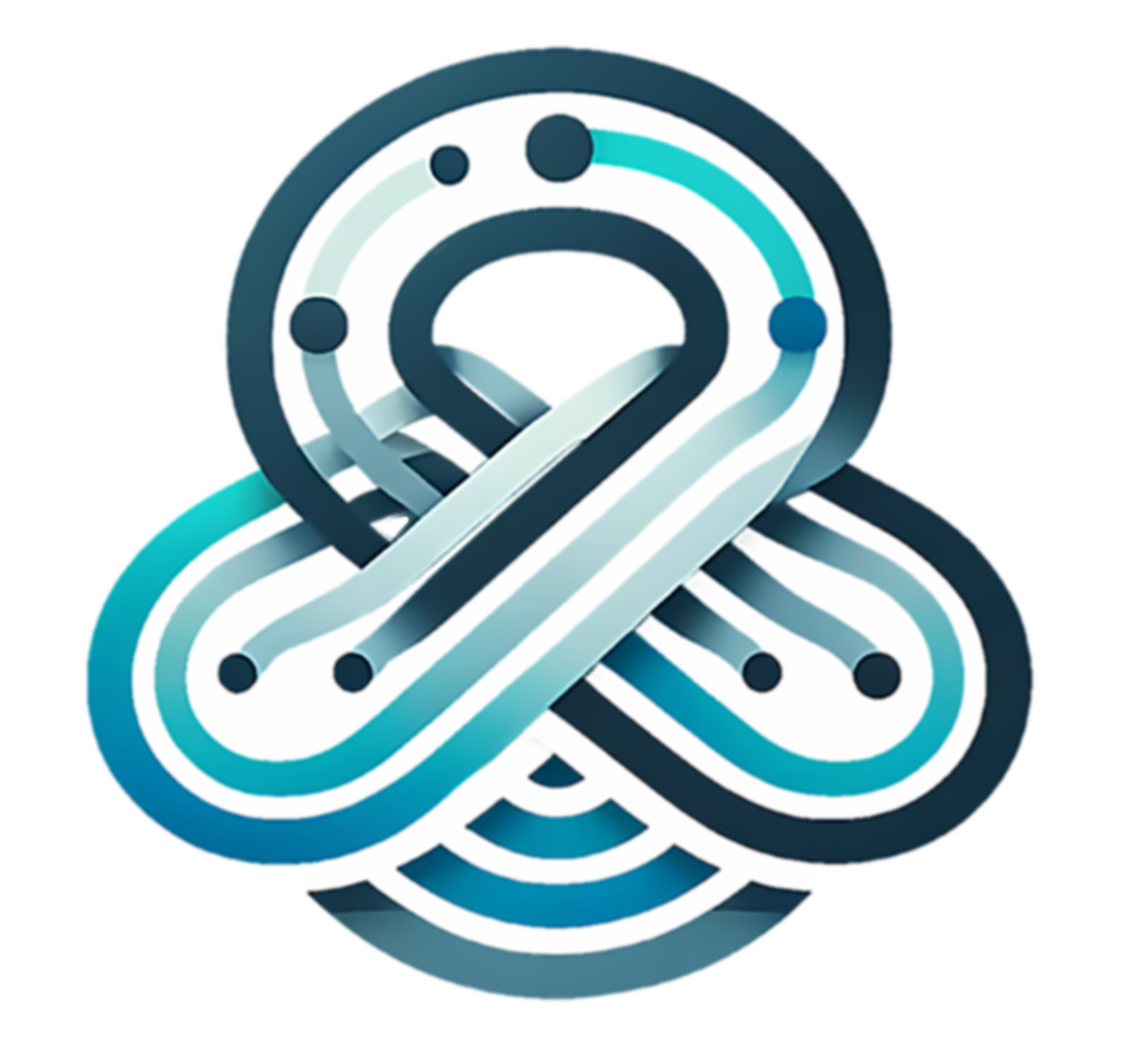Nodes
Nodes are the fundamental building blocks in Databraid, representing individual units of functionality that can be connected together to create powerful and interactive braids. Each node performs a specific task, such as processing data, manipulating audio or visual elements, handling events, or providing user interface controls.
Databraid offers a wide range of built-in nodes, categorized into different groups based on their purpose and functionality. These categories include audio, basic, color, events, graph, graphics, logic, math, network, and widget nodes.
Basic Nodes
Basic nodes in Databraid provide essential functionality for data manipulation, flow control, and debugging. They allow you to work with different data types, perform type conversions, access object properties, and control the flow of data within your braid. Basic nodes also include utility nodes for logging, displaying alerts, and executing custom scripts.
Color Nodes
Color nodes in Databraid are used for working with color palettes and performing color-related operations. They provide a way to define and manipulate color schemes, apply color transformations, and use color data in your braids.
Event Nodes
Event nodes in Databraid handle event-based operations and flow control. They allow you to capture, filter, and process events from various sources, such as user interactions, timers, or external triggers. With event nodes, you can create dynamic and interactive braids that respond to specific conditions or actions.
Graph Nodes
Graph nodes in Databraid are used for creating and manipulating subgraphs within a braid. They allow you to encapsulate a portion of your braid’s functionality into a reusable subgraph, making your braids more modular and organized. Graph nodes provide input and output points for connecting subgraphs to the main braid.
Graphics Nodes
Graphics nodes in Databraid provide capabilities for visual rendering, image processing, and video manipulation. They allow you to create graphical plots, manipulate images, apply visual effects, and work with video streams. With graphics nodes, you can create interactive visualizations, process and transform visual data, and build engaging user interfaces.
Logic Nodes
Logic nodes in Databraid are used for conditional processing and flow control. They allow you to make decisions based on specific conditions, select values based on criteria, and control the execution flow of your braid. Logic nodes enable you to create branching paths and dynamic behavior in your braids.
Math Nodes
Math nodes in Databraid provide a wide range of mathematical operations and functions for data processing. They allow you to perform calculations, convert values between different scales or units, generate random or noise values, and apply mathematical transformations. Math nodes are essential for data analysis, signal processing, and creating complex algorithms.
Network Nodes
Network nodes in Databraid enable communication and data exchange between braids and external systems. They provide capabilities for establishing network connections, sending and receiving data over various protocols, and integrating with remote services. With network nodes, you can create distributed braids, communicate with external APIs, and build real-time collaborative applications.
Widget Nodes
Widget nodes in Databraid are used for creating user interface elements and interactive controls. They provide a way to build graphical user interfaces directly within your braids, allowing users to interact with your application. Widget nodes include buttons, sliders, knobs, input fields, and more, enabling you to create intuitive and engaging user experiences.
By combining and connecting nodes from different categories, you can create powerful and interactive braids that process data, manipulate audio and visuals, handle events, perform calculations, communicate with external systems, and provide user interactivity. The modular nature of nodes in Databraid allows for endless possibilities and flexibility in building complex applications and data processing pipelines.
Remember to explore the individual node documentation to understand their specific inputs, outputs, and configuration options, as well as best practices and examples for using them effectively in your braids.
